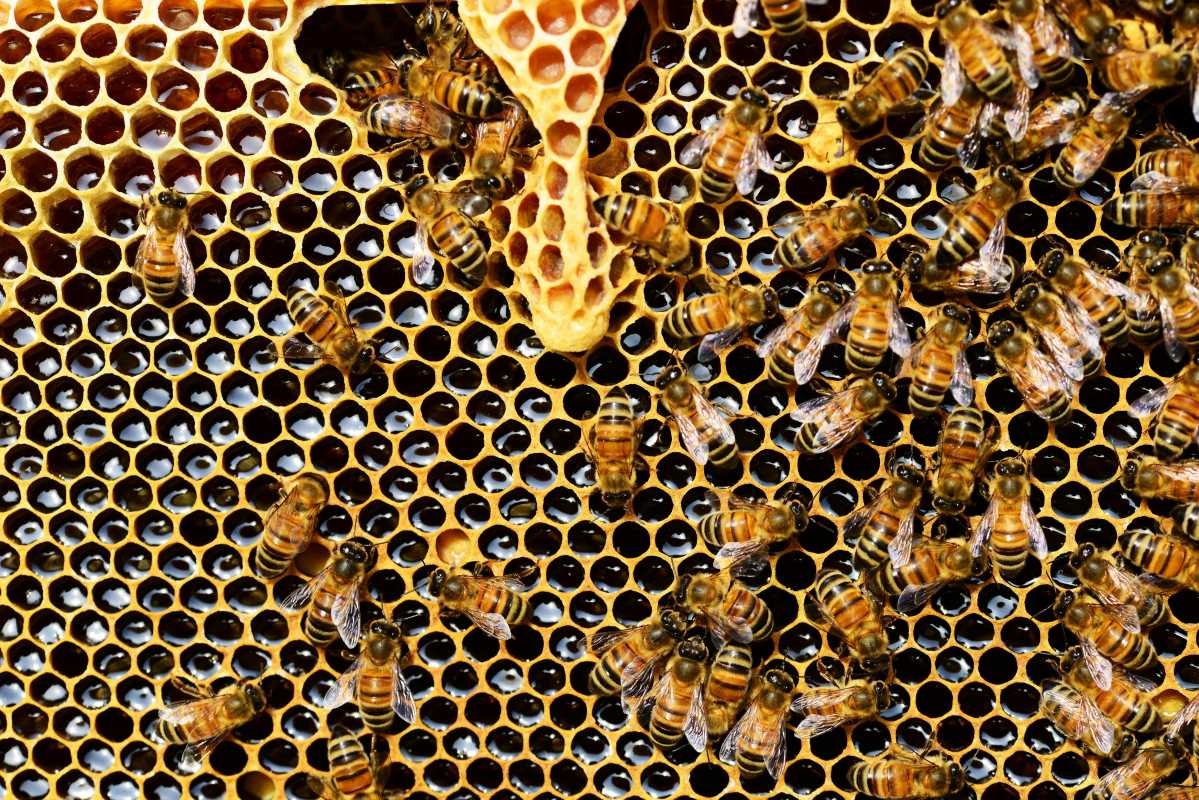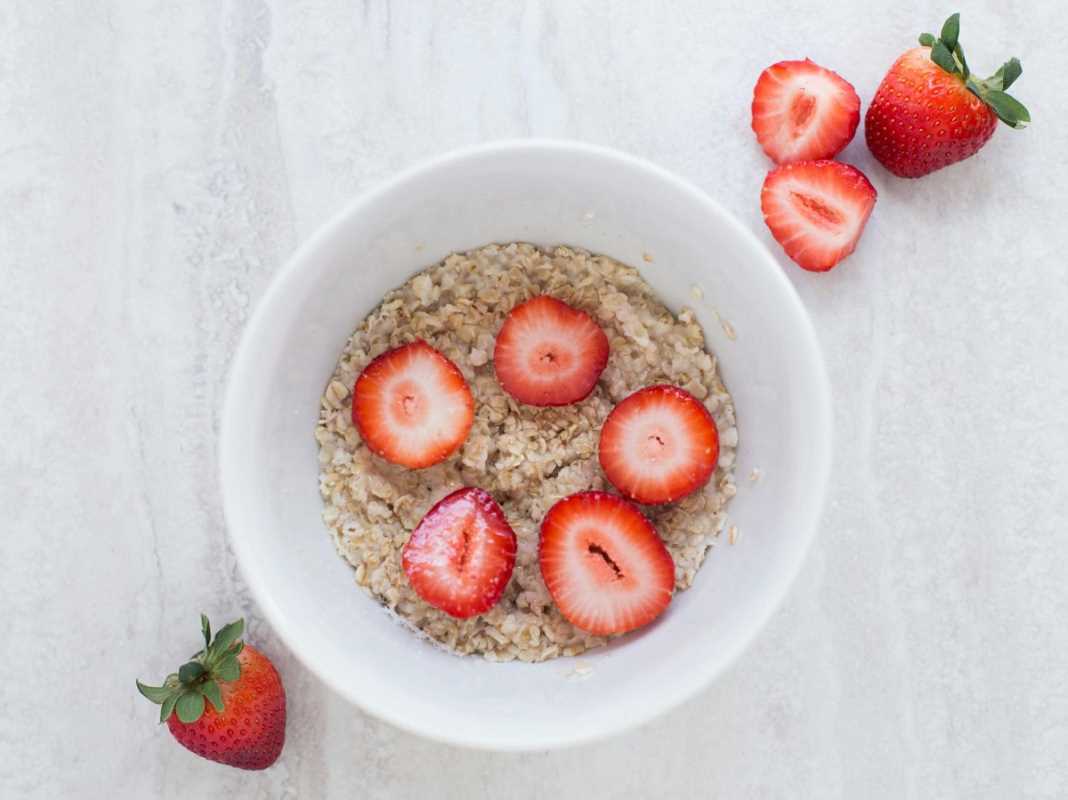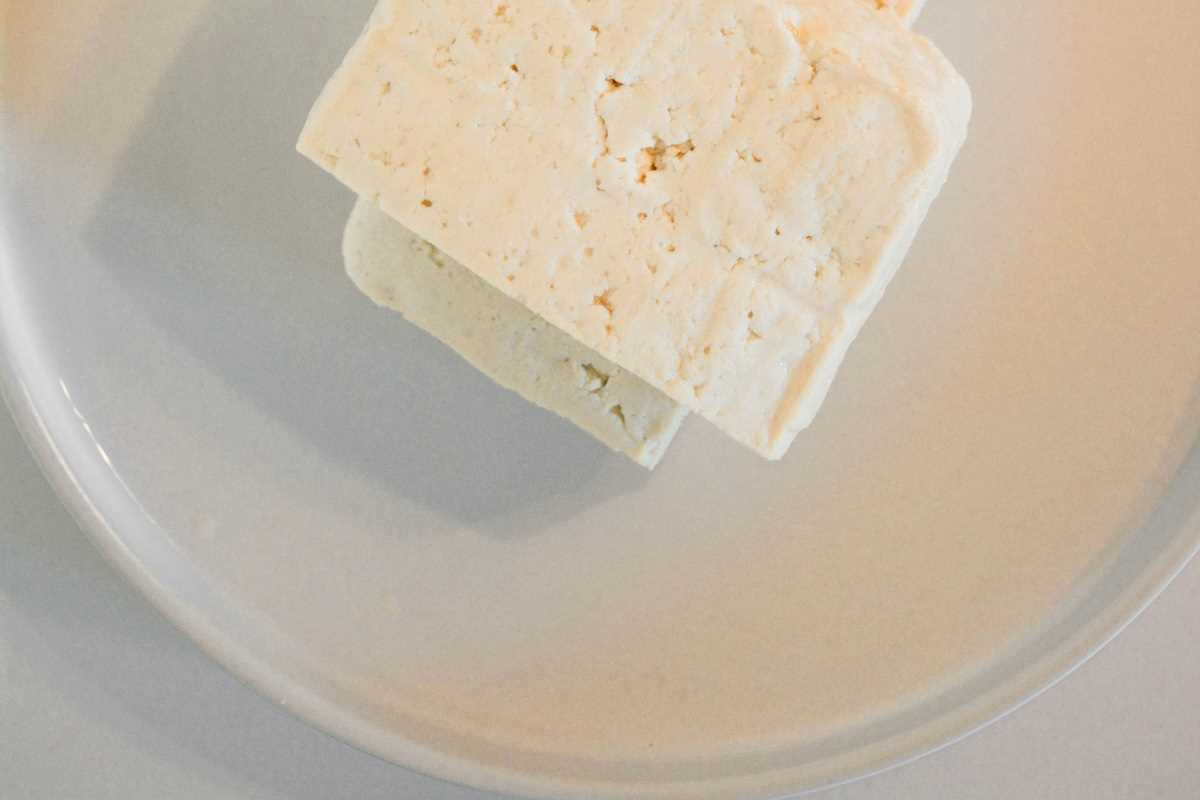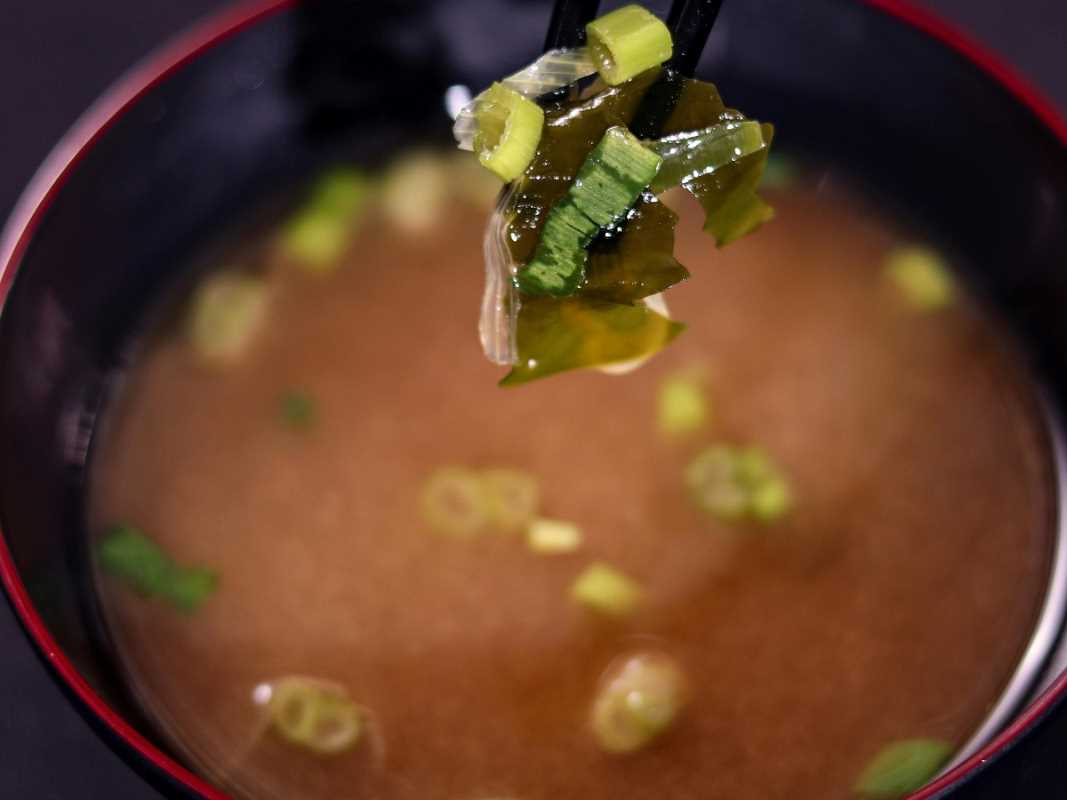Honey is one of nature's most fascinating creations. With its complex flavors, array of health benefits, and ability to last for years, it feels like liquid gold in a jar. But have you ever thought about how it truly comes to be? Behind every drop of honey is a remarkable process involving the tireless efforts of bees, the care of beekeepers, and the harmony of nature itself.
What’s even more incredible is the role honeybees play in our ecosystem—not only crafting honey but also pollinating crops and flowers vital to biodiversity and agriculture. By understanding the step-by-step process of how honey is made, we can better appreciate this sweet treasure and the creatures who make it possible.
From the initial nectar collection to the final jar you find on your table, this post dives into the intricate process of creating honey, why ethical beekeeping matters, and the added benefits of choosing raw, unprocessed honey. Get ready to see honey in a whole new light.
The First Ingredient: Nectar Collection
Honey production begins in the flower-filled fields where bees are hard at work collecting the raw material for their hive. This part of the process showcases honeybees' incredible precision and the critical pollination services they provide along the way.
The Nectar Hunt
Worker bees, which are all female, set out in search of flowers that produce nectar. Using their long tongues, these tiny foragers collect nectar and store it in their specialized "honey stomachs." A single bee can make hundreds of flower visits in one trip!
But their work doesn’t stop there. When bees gather nectar, they also carry pollen from one flower to another, ensuring plants can reproduce. This makes bees essential not only for honey production but for maintaining biodiversity and supporting agriculture around the world.
Returning to the Hive
Once a bee’s honey stomach is full, she brings the nectar back to the hive. The nectar will pass from bee to bee inside the hive in what’s known as trophallaxis. This step begins the process of breaking down the nectar’s sugars, setting the foundation for honey.
Inside the Hive: How Bees Transform Nectar
Honeybees are true alchemists, turning simple flower nectar into biologically rich honey. Their hive functions as an organized system where every bee has a defined role, including transforming the nectar and storing it safely for future use.
Breaking Down the Nectar
When an incoming forager bee shares nectar with worker bees inside the hive, enzymes in their saliva begin converting the nectar's sucrose into simpler sugars like glucose and fructose. This enzymatic reaction is essential for honey's stable, long-lasting nature and sweetness.
Evaporation Magic
To prevent honey from spoiling, the moisture in nectar must be reduced significantly. Worker bees fan their wings to create airflow, helping to evaporate water from the nectar. The result is a thick and concentrated substance that we recognize as honey.
Sealed for Storage
Once the water content is low enough (usually around 17-18%), the honey is deposited into wax hexagonal cells within the honeycomb. Bees then seal the cells with a thin layer of wax to preserve the honey. This ensures their food source stays fresh and ready to sustain the hive through colder months.
Harvesting Honey Responsibly
Now that bees have done their part, it’s time for the beekeeper to step in. Ethical and sustainable beekeeping practices are crucial to ensure that the hive stays healthy and that bees aren’t over-stressed or overexploited.
Removing the Honeycomb
When it’s time to harvest honey, beekeepers carefully remove frames of honeycomb from the hive. Bees tend to produce excess honey—which is what beekeepers take for human consumption. A good beekeeper always ensures that enough honey is left behind for the bees to thrive.
The Extraction Process
The honey-filled combs are placed in an extractor, a spinning machine that uses centrifugal force to pull liquid honey out of the wax cells. This process separates the honey efficiently while leaving the honeycomb intact so it can be reused.
From Raw to Jar
Once honey is extracted, it goes through a few essential steps to ensure it’s ready for consumption while preserving its natural properties.
Straining and Filtering
Honey is strained through mesh filters to remove impurities like wax particles or bee debris. However, many beekeepers avoid excessive filtration to retain honey’s natural pollen and nutrients.
Raw vs. Processed Honey
Raw honey comes straight from the hive and has only been lightly strained. It retains important enzymes, antioxidants, and plant-based compounds that offer health benefits. Processed honey, however, is often heated and filtered more heavily, which can deplete its nutrients. Choosing raw honey allows you to enjoy it in its most natural and nutritious form.
Bottling
Finally, the honey is poured into jars, sealed, and labeled. It’s remarkable to think how much effort goes into producing even a single jar. Each pound of honey requires bees to visit roughly 2 million flowers and travel over 55,000 miles!
Why Ethical Beekeeping Matters
Ethical beekeeping ensures the health and survival of bee populations, which are under threat due to climate change, pesticide use, and habitat loss. Here’s how responsible beekeepers support their bees and the environment.
- No Overharvesting: Ethical beekeepers leave enough honey for the hive's survival during winter.
- Chemical-Free Practices: Avoiding harmful pesticides and chemicals keeps the hive healthy.
- Pollinator-Friendly Environments: Encouraging diverse, pesticide-free flowers helps ensure bees have enough resources year-round.
By choosing honey from ethical, small-scale beekeepers, you support sustainable practices that help protect bee populations and the ecosystems that depend on them.
Enjoying the Benefits of Honey
Now that you know the effort and care involved in every jar of honey, it’s easy to appreciate why it’s such a versatile and valuable ingredient. Here are a few ways to enjoy it:
- Drizzle It: Add honey to oatmeal, yogurt, or toast for natural sweetness.
- Sweeten Tea: Use honey as a sugar alternative in herbal tea or coffee.
- Marinades and Dressings: Mix honey with olive oil, mustard, or lemon for delicious salad dressings.
- Skincare: Raw honey can even be applied topically for its moisturizing and antibacterial properties.
From the buzz of the hive to the gleam of golden honey in your jar, the creation of honey is nothing short of extraordinary. Bees, with their remarkable efficiency and collaboration, produce a product we cherish while keeping our planet’s ecosystems in balance.
 (Image via
(Image via





